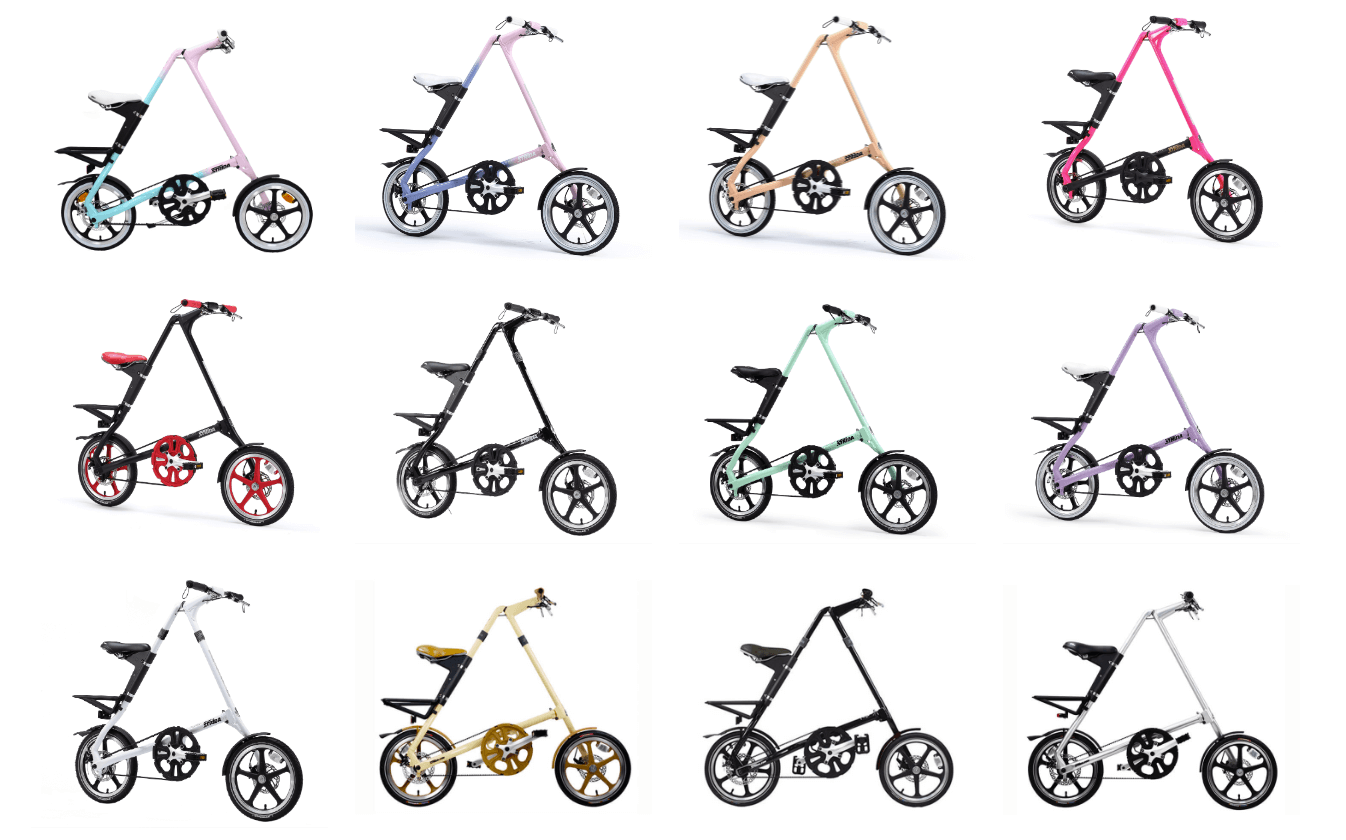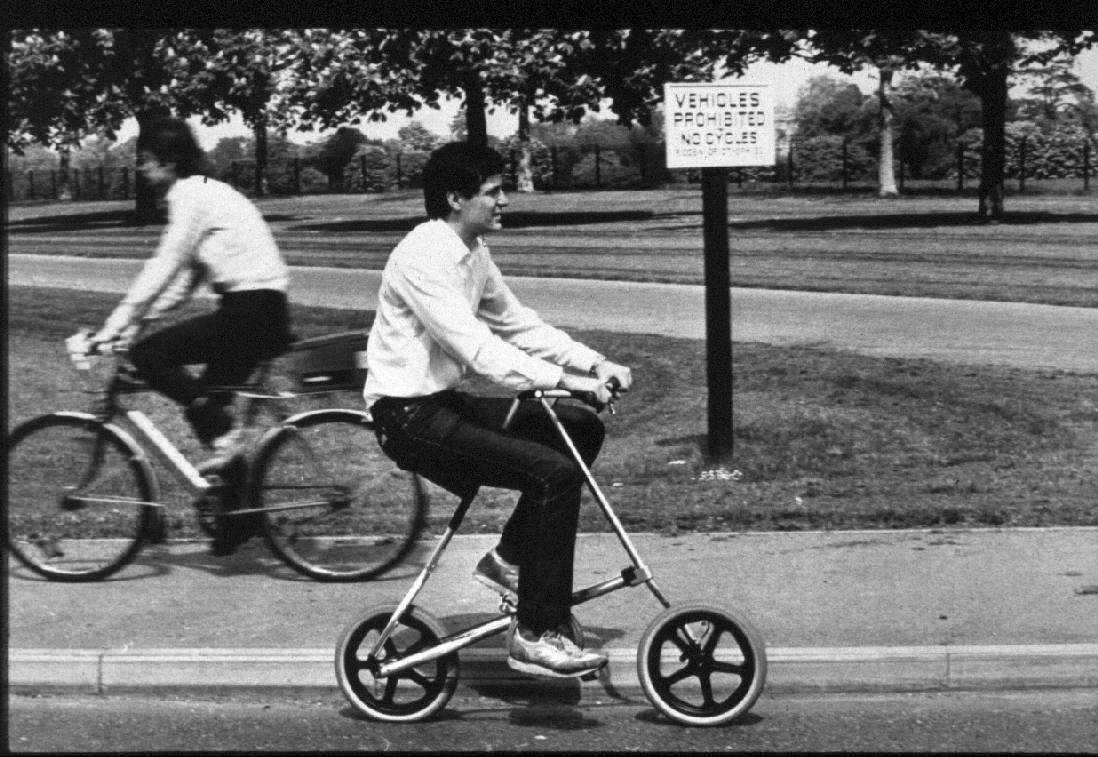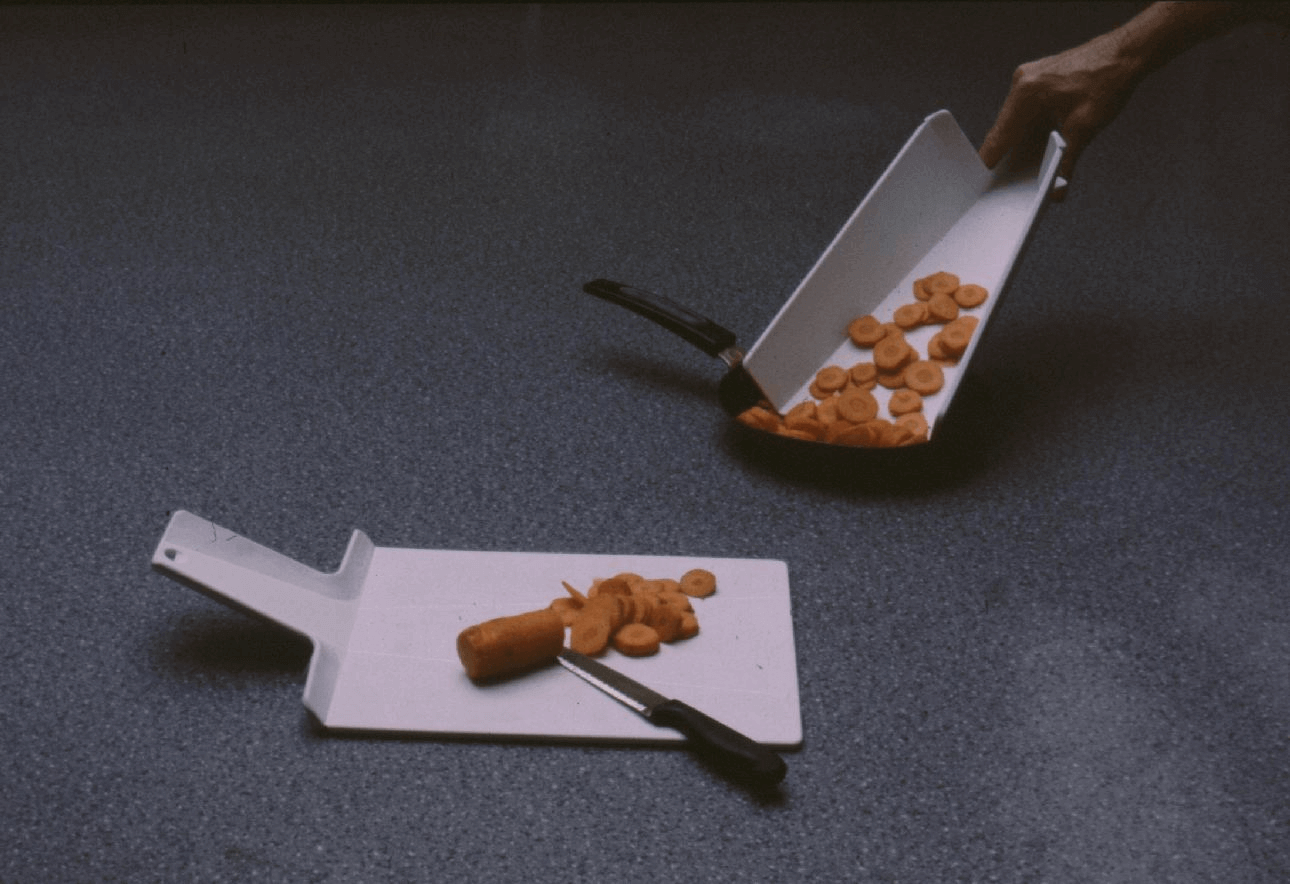With companies opening up their offices and welcoming employees back in-person, the toughest thing to get readjusted to might be your commute. Whether it's having to sit in traffic or crowd yourself around masses of people in the subway, commuting to work is neither comfortable nor convenient.
When Mark Sanders was in college, he had to commute 22 miles from Windsor to London every day. The bus was too congested, the trains weren’t door-to-door, and cars were always piling up in traffic. To make his commute easier, he decided to design a foldable bike now known as the STRiDA, which has been featured in the Cooper-Hewitt Smithsonian Design Museum.
Sanders joined the Masters of Engineering podcast with Jon Hirschtick to talk about how he created the famous bicycle and his journey to becoming an industrial CAD designer.
An Industrial CAD Designer: From College to Smithsonian
Sanders was a graduate student in the Industrial Design Engineering program run jointly by the Imperial College and the Royal College of Art. For his design thesis, he needed a project that would cover both industrial CAD design and engineering.
In order to meet his project requirements, the bike needed to be an innovative design with innovative engineering, and so he started to prototype his idea.
“The core to it was just three tubes and three joints, and you just fold the three joints into a stick,” Sanders said. “So it's a stick with wheels when it's folded, or it's a triangular bike when you ride it.”
 (Courtesy: STRiDA)
(Courtesy: STRiDA)
The first version of the foldable bicycle was created in World War I for soldiers to wear on their backs. When they would parachute out of planes, they would be able to unfold their bike and efficiently ride to wherever they needed to go. When Sanders tried these other versions of the foldable bike he found that they were either too heavy, too complex, or had oily chains. To solve these problems, he decided to create his version with a belt drive.
“Belt-drive bikes are really good because they're clean and they last forever compared with a chain, which needs grease and picks up grit, and then wears out and all this, a belt just lasts,” Sanders said.
 The RCA STRiDA in 1985. (Courtesy of Mas-Design.com)
The RCA STRiDA in 1985. (Courtesy of Mas-Design.com)
Once Sanders had created his innovative design, he knew that he needed to find a way to market it if he wanted it to become a product. He showcased his work at the Royal College of Arts’ degree show, which caught the attention of the Sunday Times, various magazines, and eventually, potential manufacturers. One of them was serial entrepreneur and former Greg Norman manager James Marshall, who wanted to help Sanders with the business side of his product.
Since designing the STRiDA, Sanders has created various versions of the bicycle in different colors and styles, which can be purchased online.
The Simplification of Industrial Design
Prior to enrolling in his industrial CAD designer graduate program, Sanders entered the engineering world with an apprenticeship at Rolls-Royce. He focused on learning about welding and machine maintenance but wanted to work with products that were designed for human scale. From Rolls-Royce, he went to Mars and designed vending machines.
“Mars introduced me to the world of design, and in particular, the world of design consultants because I went there as a mechanical designer and Mars used these consultant guys, and I thought they were like gods,” Sanders said. “They came up with the concepts, and then we followed, and I thought I wanted to do that.”
His realization was what brought him to enroll in the Industrial Design Engineering program and focus on developing his own product concepts. One aspect of design that Sanders focuses on in his work is simplifying the industrial CAD designer’s process.
 The No-Spill Chopping Board. (Courtesy of Mas-Design.com)
The No-Spill Chopping Board. (Courtesy of Mas-Design.com)
“It really fascinates me that if you spend time working on simplification and making each part do 10 different things and all come out with one tool, it’s just a fascinating challenge,” Sanders said.
Sanders has also invented a variety of kitchen tools and hospital equipment with the idea of simplification in mind. Each design is unique, efficient, and meant to make life simpler. Sander’s design of the no-spill chopping board is another example of his effortless combination of design and engineering. The board was even featured in New York City’s Museum of Modern Art.
More Masters of Engineering
To learn more about Sanders and the STRiDA, subscribe to the Masters of Engineering podcast. The podcast is available on YouTube, Spotify, Apple Podcasts, and any of your favorite podcast-streaming services.
Start Your Next
Project in Onshape
Find the cloud CAD plan that's
right for you and your business.

